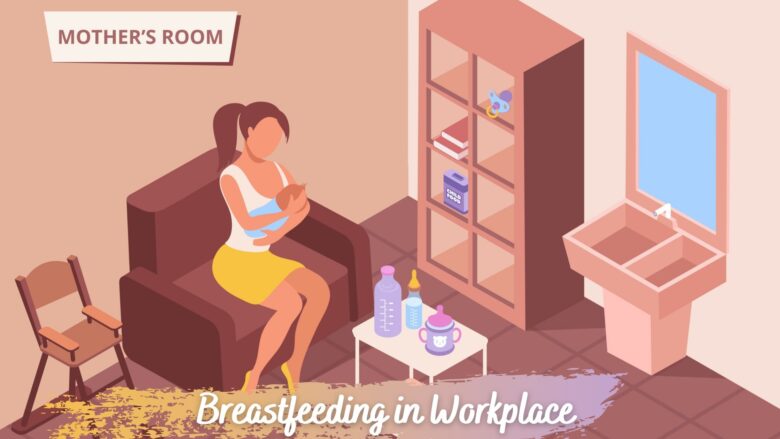The PUMP Act: Everything You Need to Know About the Providing Urgent Maternal Protections Law in the US
According to data from the CDC, 83.2% of infants born in the US are breastfed. Despite this significantly wide margin, lactating parents in America still struggle to find the time or space to breastfeed their babies. In fact, the CDC records that unsupportive work policies are one of the most common reasons mothers stop breastfeeding early.
The Break Time for Nursing Mothers law had initially sought to provide reasonable accommodations for breastfeeding parents; however, the act still didn’t cater to millions of lactating employees.
To remedy the situation, US Congress recently passed the PUMP ACT, with significant changes to the Break Time for Nursing Mothers law and coverage for 9 million workers. This article summarizes the PUMP Act and its impact on US workplaces.
What Is the PUMP Act?
The Providing Urgent Maternal Protections (PUMP) for Nursing Mothers Act is a new US bill that provides more comprehensive coverage for nursing parents than the Break Time for Nursing Mothers law.
It primarily broadens the number of employees with access to reasonable accommodations within the workplace for lactation. The law covers nurses, farmworkers, teachers, retail workers, journalists, transportation workers, doctors, and traveling salespeople.
Under the bill, US workplaces must provide daily, reasonable break time and a private space other than a bathroom for lactating parents to express breast milk. The reasonable break time must also continue for a year after the birth of the employee’s child.
In addition, pumping time under the PUMP Act is classed as work time, and employees must receive pay for those hours if they’ve not been completely relieved from duty during the break.
More importantly, the law also allows lactating employees to sue employers who don’t comply with its regulations.
The PUMP Act was signed into law on December 29, 2022, and it went into effect immediately. However, the right to file a lawsuit against employers who violate the bill became effective on April 28, 2023.
Who Doesn’t Have Coverages Under the PUMP ACT?
While the PUMP ACT currently covers around 9 million lactating employees, it still doesn’t cater to several individuals from different sectors. For instance, the law doesn’t apply to railway and motorcoach workers.
Contract workers and surrogate parents are also not covered by the PUMP Act. Furthermore, pilots and flight attendants are exempted from the bill for safety concerns.
However, some airlines, like Alaska and Frontier Airlines, provide accommodations for crew members to pump breast milk while on-board flights.
Interestingly, the PUMP Act allows workplaces with less than 50 employees to exempt themselves from its regulations if they prove that providing the required accommodations will cause the business undue hardship.
The PUMP Act – What It Means for Lactating Parents
The PUMP Act is a groundbreaking bill that ensures that more US employees now have workplace protection to express breast milk without discrimination or sexual harassment.
Studies have shown that lack of workplace breastfeeding protection affected lactating parents’ mental health and job satisfaction.
The PUMP ACT ensures that US workplaces will cater to their staff’s professional and emotional well-being by making break-time accommodations mandatory for breastfeeding employees. Employees can seek redress in court if they don’t provide the necessary accommodations.


Comments are closed.